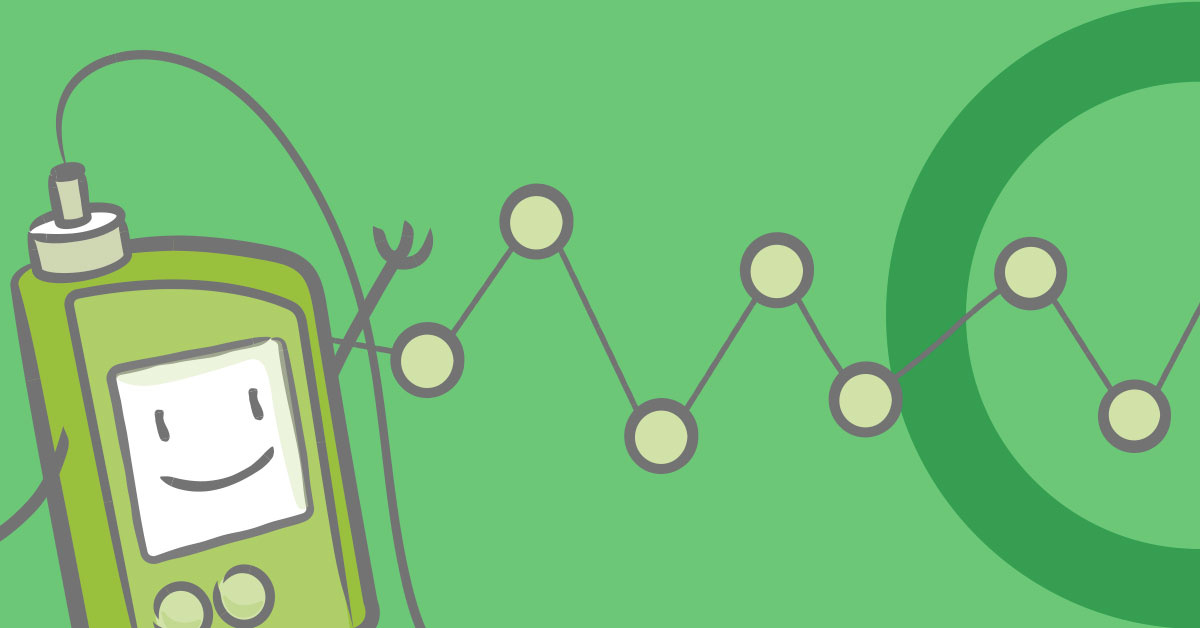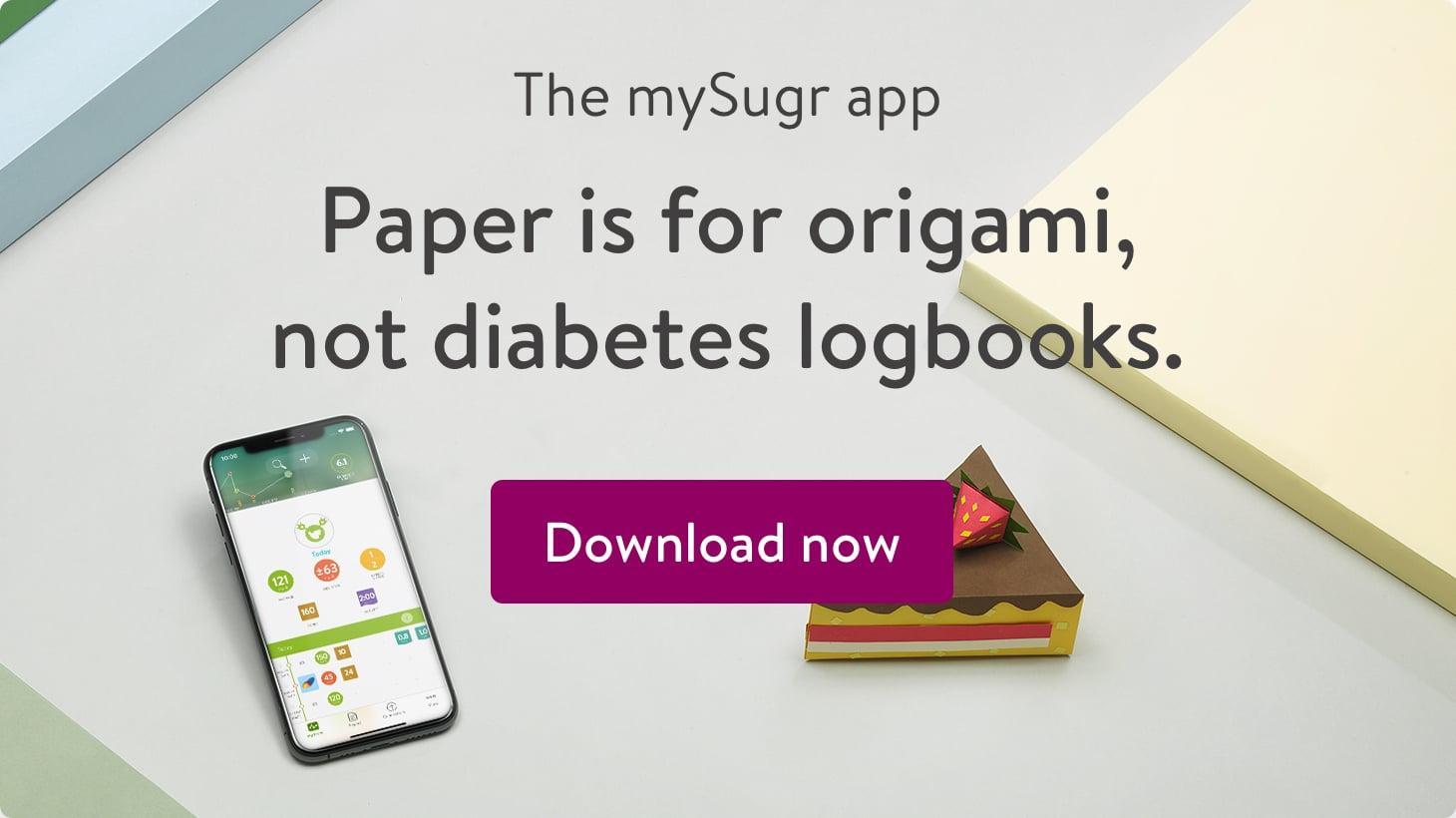Here is a brief overview of how the various functions of the insulin pump can help you in everyday life...
Which functions of an insulin pump are important to me?
As is often the case in life, it's not just the look of something that counts, but also the inside (you can’t judge a book by its cover).
In the case of insulin pumps this means the features and functions.
There are a few of them and you should know which features and functions are important for you and your therapy and which serve more of a minor role.
For example, in my early years using an insulin pump, I totally ignored the extended bolus function, but today I really appreciate it.
6 insulin pump functions you should know
1. Basal rate profiles
Basal rate profiles offer the possibility to save different basal rates in the pump. This can be useful to adjust the basal rate to different situations like weekends, vacation...
For example, if you want to use a different basal rate during the week while you are working or you have to do shift work, you can set special basal rates for that in your pump. Btw. you can also use the tag “shift work” for you certain entries in the mySugr app to highlight these shift working days and make them easy to find with the Search function. For each situation, you can save a corresponding basal rate, and pull them up at any time without having to re-program your basal rate for each situation. Other scenarios include: sports/exercise, illness, menstrual cycle ... you name it.
The number of basal profiles that can be saved varies from pump to pump.
2. Temporary basal rate
It is often useful to increase or decrease the running basal rate by x percent for a defined period of time. If you want to exercise and prefer to start with a higher blood sugar level, you could use a temporary basal rate to reduce your insulin intake a bit before your workout.
After the programmed time of the temporary basal rate has elapsed, your pump will then return to your normal basal rate. It should be noted that this is a huge advantage over ICT (intensified conventional insulin therapy), because with an ICT you would have to take your exercise into account when dosing your basal insulin, the night before.
3. Different bolus options
The different bolus options come into play when a meal bolus (the insulin you need in order to cover carbohydrates) should not be delivered in one go, but rather with a delay or in two parts.
This makes sense if the insulin dose has to be adjusted to the glycemic index of the meal. Say, for example, if you eat a meal with very fast-acting carbohydrates or something that slowly passes into the blood.
The bolus delivery pumps offer several options including: Delayed Bolus, Split Bolus, Square Wave Bolus, Multi wave Bolus.
Ultimately, all of these pumps offer different methods of bolus delivery.
Once you understand them and learn how to use them, potential “scary food” such as pizza at your favorite Italian place or the all you can eat buffet at the Mongolian restaurant will only make you smile.
4. Insulin on board display (iOB)
Knowing how much insulin is still working in your body is important information for further therapy decisions. The Insulin on Board (IOB) display tells you whether you should correct a high blood sugar level after a meal (postprandial glucose) or wait a little longer to correct since there is still enough insulin in your bloodstream.
Depending on your duration of insulin action, it gives you an overview of how much insulin is still in circulation and helps prevent overcorrection or insulin stacking too early. This helps you avoid boluses overlapping (insulin stacking) and, in the worst case, a severe low.
5. Bolus calculator / insulin calculator
Another useful feature is the bolus calculator or insulin calculator. It helps you calculate your insulin dose, taking into account active carbohydrates, insulin on board (IOB) and the duration of action of the insulin.
It is not easy to understand how the bolus calculator thinks or calculates, because different pumps use different calculation models. This can affect the treatment of IOB or the duration of action.
Btw an independent insulin calculator is in the mySugr app (currently only available in Europe). You can find more information about the settings here in this article.
6. Hypo (pre) shutdown
Imagine you are on your way to hypoglycemia (low blood sugar) and your pump notices this and switches off insulin delivery at the right time. This is exactly what the hypo switch-off function does.
Another stage is the hypo pre-shutdown. Here the idea is that the pump suspends insulin delivery before you’re low, not when the hypo is already in full swing.
An attempt is therefore being made to prevent the emerging hypo by reducing or switching off the basal rate. Of course, this only works within certain limits. For example, if too much insulin is on board because of a bolus that is too high, even the best shutdown cannot prevent hypo. This is logical because an insulin pump can only pump insulin into the body, but not out of the body.
This function requires that the insulin pump offers CGM (Continuous Glucose Monitoring) integration. After all, the pump has to know how your blood sugar is doing and where things are going.
Catheter and Co.
This point belongs more in the category of accessories than functions, but it should not be ignored.
All insulin pumps have one thing in common. They use an infusion set consisting of a tube and catheter to deliver insulin into the subcutaneous fat.
There is also a lot to consider here.
How long or short should the tube be so that I don’t feel restricted? What is the optimal length of the cannula/catheter needle? Do I prefer cannulas/catheters with steel needles or Teflon? Can I cope better with needles that are placed under the skin at any angle or with needles that are placed at a 90-degree angle?
Can I tolerate the adhesive with which the cannulas/catheters are attached to the skin, or do I possibly have allergies to certain adhesives?
All of these are questions that should be clarified with your diabetes team. If in doubt, try it out. The selection and amount of combinations are quite large, so that everyone can put together their own “therapy toolbox”.
Summary
Taking a closer look at the various functions of your insulin pump makes perfect sense, because insulin pumps are designed to do more than simply let the basal rate run continuously.
Different types of boluses and a quick change in the basal rate can really help in different situations in your everyday life with diabetes and help you minimize unintentionally high or low blood sugar levels.
Are you doing all you can with your insulin pump? If so, good. If it’s not broken, no need to fix it! But if you think there’s room for improvement, it’s great to add news skills to your diabetes toolbox!
The mySugr website does not provide medical or legal advice. mySugr blog articles are not scientific articles, but intended for informational purposes only.
Medical or nutritional information on the mySugr website is not intended to replace professional medical advice, diagnosis or treatment. Always consult a physician or health care provider with any questions you may have regarding a medical condition.



